Will AI really replace software engineers? Our team has been researching this based on our own experiences with AI as a development tool. Here’s what the perspective looks like to us – and actually to a lot of our colleagues in the industry.
Read more
We are delighted to have been named a Top 10 Agency for 2026 by 50Pros, a well-known platform connecting professional agencies with companies from startups to Fortune 500 enterprises!

Behind every line of code is a human being — and it turns out their social lives may be just as important to software quality as their technical skills. In an industry obsessed with productivity hacks and AI assistance, the real differentiator often comes from team connections, shared purpose, and a sense of belonging. From tackling burnout to improving communication and retention, social life among developers is the hidden driver behind “really good software.”

Back when GenX and millennials were kids and teens tinkering with now-obsolete PC models, there would often be someone who’d say that was nowhere near a real job at a farm. Ironically, modern farming is now one of those areas that even looks differently year after year. Agricultural machinery has evolved into data-driven models, while concerns about the environmental impact of global food production push farmers to cultivate new crops in new ways. Food production is becoming tech-infused, but also more sustainable – while increasing profitability. Let’s look at the ten main trends and recent innovations shaping the future of agriculture for the rest of this decade and further on.

Blockchain in agriculture already has multiple success cases for both farm development, businesses along the food supply chain, and consumer safety. Interestingly, its benefits are not just felt at the general industry level, but extend to pure profitability, on the one hand, and sustainability, on the other. However, there are several important considerations to make that work. In this article, we look at the current use of blockchain in agriculture, some famous success stories, and analyze why this works.

When Sergei Korolev was designing the first satellite back in the 1950s, he was likely primarily thinking of the political and military implications of the device. At the same time, his native Ukrainian landscapes, as the rest of the world, were undergoing agricultural tech transformations that seemed far, far away from the world of spacecrafts. But over time, the two worlds collided to produce what is now an almost indispensable part of modern agriculture. GPS is now a staple of sustainable farming, with multiple functions and benefits. Let’s look at them in some detail.

The world is getting smaller, and good locations for different facilities are hard to come by… or are they? Brownfield properties, that is, facilities that used to be operational in the past and can become useful once again, are often situated exactly at the spot you as a business would want them to be. The trick is to repurpose them – and that’s where an entire tapestry of opportunities, regulations, and self-reinforcing benefits lie. In this article, we look at the practical side of brownfields redevelopment, its benefits, and the role of technology.

Probably only those working in agriculture supply chain management actually think about how many things are needed to produce a humble loaf of bread. Some of these things – like pesticides, electricity for pumps, robotics, and offices, fuel for transport, and shelf spaces in warehouses – are wasted mercilessly, and often also half of that loaf that’s gotten stale. Multiplying that by how many loaves there are will yield an entire crop of lost dollars for businesses and consumers alike, not to mention the snowballing effects of soil erosion and ecological impact. Thankfully, it is now possible to optimize agri-food supply chains for both business efficiency and sustainability – so let’s look at some factors at play, best practices, and tech solutions to the issue.

About a year ago, we collectively decided to knock it all up a notch and prioritize traveling as part of our routine for at least some specialists – both within and outside projects. Lionwood now consciously invests more into providing more opportunities for project managers and specialists to travel to the client’s premises – and for company reps to attend target industry events like Stockholm Tech Show 2025 or Transform Berlin. After several months, we could already see some of the results and patterns.

With the EU’s “VAT in the Digital Age” (ViDA) package adopted in March 2025, major changes are now on the horizon. Starting in 2026, several countries will begin mandatory B2B e-Invoicing, while intra-EU e-Invoicing will become the standard by 2028. These developments mark a significant shift in how businesses across the EU must handle their invoicing processes — and the clock is ticking. In this article, we explore the evolving landscape of e-Invoicing in Europe: what’s required, what’s changing, and how businesses can turn compliance into an opportunity.

Sustainable farming is slowly but steadily moving in the direction of becoming the default variant. Agricultural technologies like drones and AI systems are getting more affordable, more efficient, and less exotic, so in the nearest future we’re likely to see more companies of different sizes adopting these solutions. In brief: sustainability is becoming feasible business-wise, and it’s largely thanks to tech. Here’s what you may want to know on the topic as of today.

It takes one to actually organize several events of different kinds to realize just how diverse they can be in every aspect. And it’s not just the difference between physical, online, and hybrid events, but also their very essence influencing what you do or don’t need in terms of arranging it. This is why event ticketing platforms are evolving as a dedicated “genre” of software separate from event planning and attendee engagement tools. At the same time, there always are options to choose from, including combined ones that will focus on some particular type of events. Let’s explore the main factors and differentiators that exist in the universe of event ticketing and management software.

Automation in general has been the lifeblood of business development in multiple fields. Agriculture, on the other hand, has always been one of the cornerstone industries that support economics of nations, so it’s only natural that the two should meet. The pathway for the infusion of latest tech into farming is open wide – and the results are quite spectacular. Here, we discuss the modern state of farm automation, what it’s all about, and what best practices have shown the best results so far.

CRM systems can be amazing, but they aren’t designed to help with everything. While everyone likes to talk about customer centricity, sometimes it takes resource-centric approaches to achieve it by managing real-time scheduling, inventory tracking, or resource coordination. Lionwood.software collaborated with the Swiss company Dizmo on their platform Planisy, which is an excellent example of how lean but carefully designed solutions can be tailored to multiple industries like healthcare and services and help solve operational challenges in ways that standard CRMs can’t.

Fleet management systems are as diverse as the companies that use them, so that even the definition of this type of platform is bound to be generic. What they have in common is the way they help optimize operations across several different facets. Here, we look at what you can expect from a good fleet management platform, and summarize some of the main factors when choosing one.
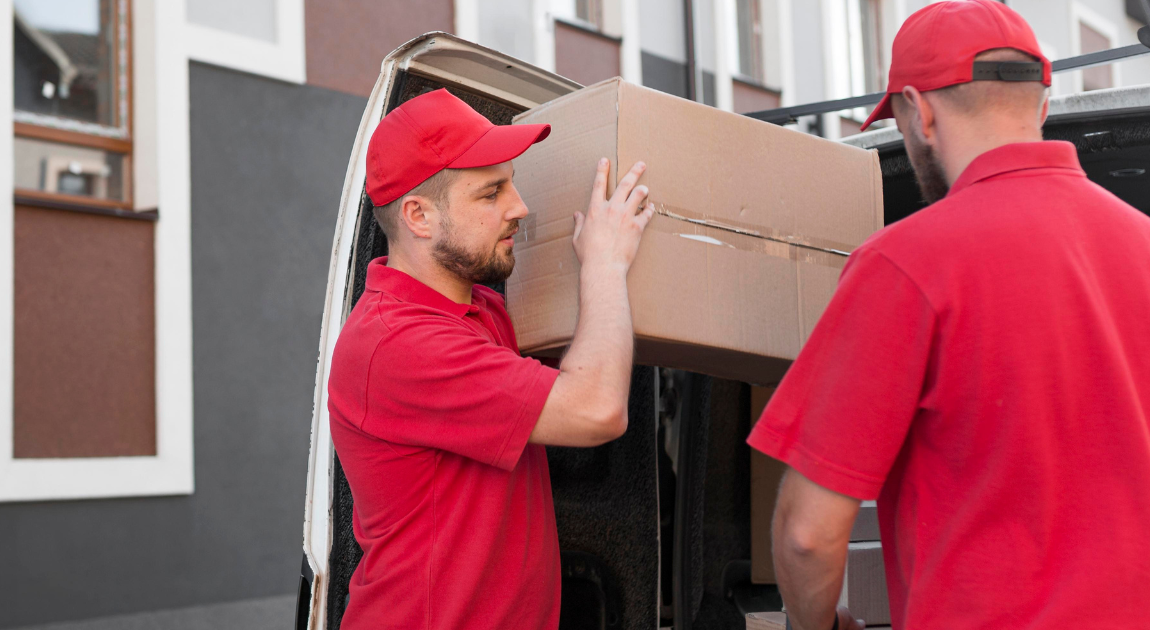
The moving and packing industry is a market niche where a lot can be automated and made more convenient for both the customers and the teams. Mobile apps are proliferating here, digging in on the opportunity, but what makes a successful one? Here, we look at the most important features, as well as provide a brief guide to movers and packers app development.

On 21-23 May 2025, the Messe Berlin exhibition complex saw the inaugural GITEX Europe 2025 – a tech, startup & digital investment event that reflects the burgeoning European digital market and its push for innovation. Thanks to the initiative by GIZ, SEQUA, and IT Ukraine Association, acting on behalf of the Federal Ministry of Economic Affairs (whom we would like to express our gratitude), Lionwood.software was among the 13 out of 50 companies that were specifically considered for participation and invited to join the exhibitors. Here are some of our takeaways.

On-demand pickup and delivery apps are no longer just for food — they’re transforming industries from retail and logistics to healthcare and home services. But how much does it actually cost to build one of these powerful platforms? The answer depends on your goals, features, tech stack, and more. In this article, we break down the types of pickup and delivery apps, their key components, and the full development process — with real-world cost estimates and tips to help you build a scalable, efficient solution that fits your business. Let’s dive in.
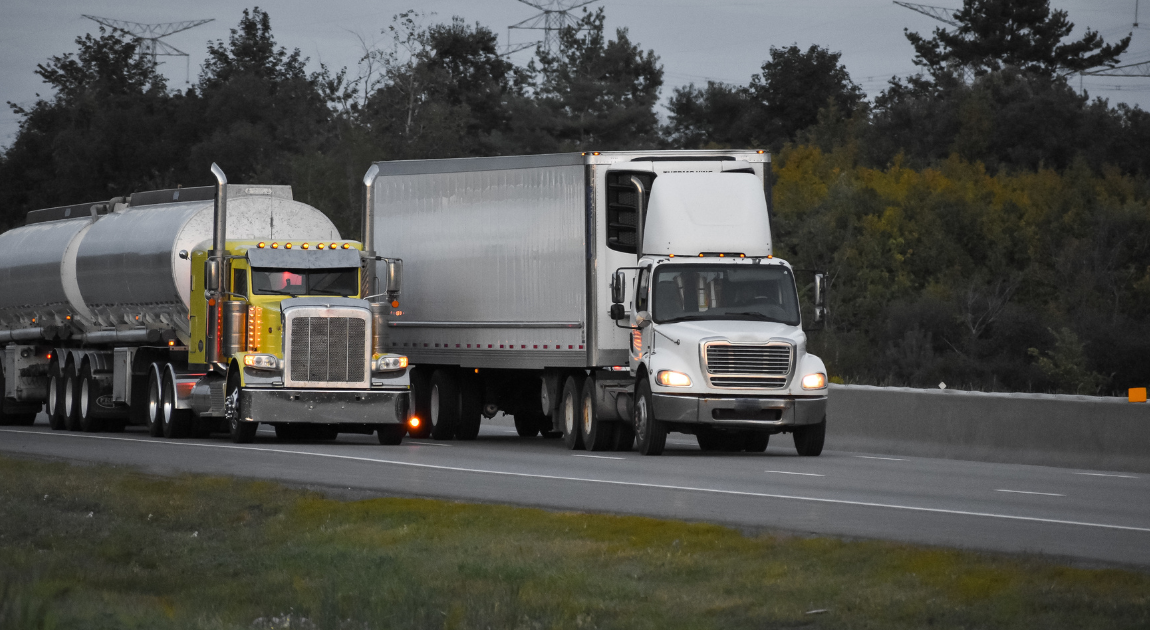
Freight brokers remain a standout group of companies within the modern supply chains – focusing on a relatively narrower realm than 3PLs and poised to operate impeccably within it. Meanwhile, freight volumes are rising alongside customer expectations and regulatory pressure. This, in turn, means transportation management systems used by brokers are becoming a separate type in their own right, serving more specialized needs. In this post, we’ll talk about the role of TMS in freight brokerage, how to know when you’ve outgrown manual or off-the-shelf tools, and which platforms are worth considering—especially if you’re exploring custom solutions.
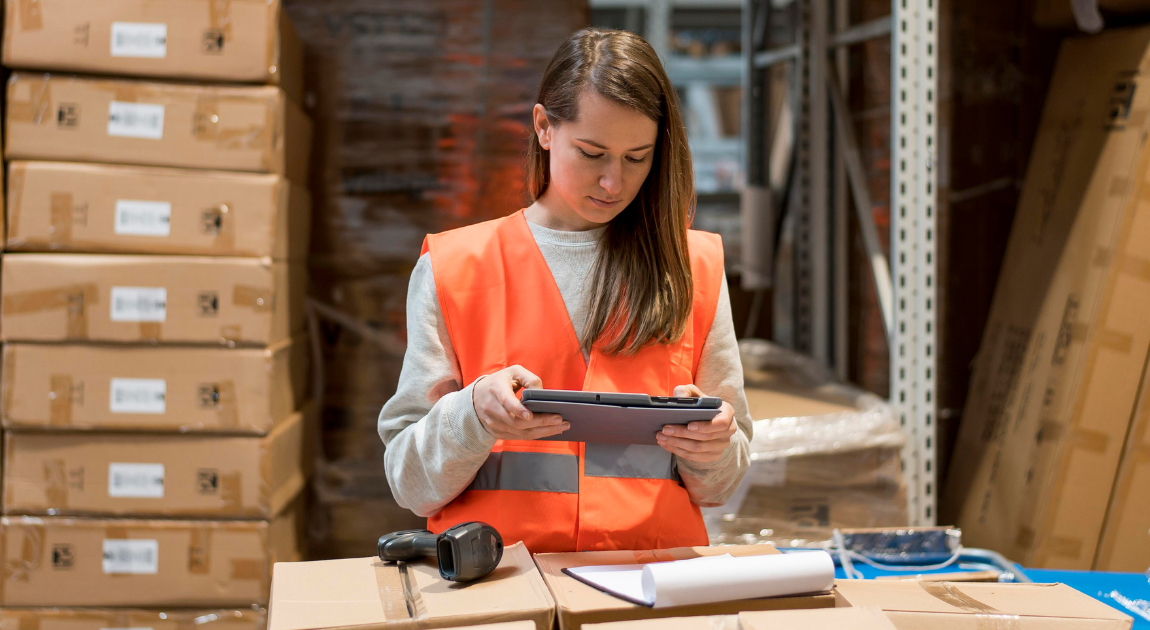
According to conservative estimates, between 1% and 3% of all freight shipments result in some form of claim – due to damage, loss, theft, or delay. This is more or less tolerable if your company operates on a small scale with no aggravating factors like package type or routes taken – but it becomes a noticeable annual loss with larger volumes. This is where digital solutions come in. Here, we look at the niche but important field of freight claim management software, when it is needed, and what features are most useful for 3PLs, carriers, retailers, and freight forwarders.
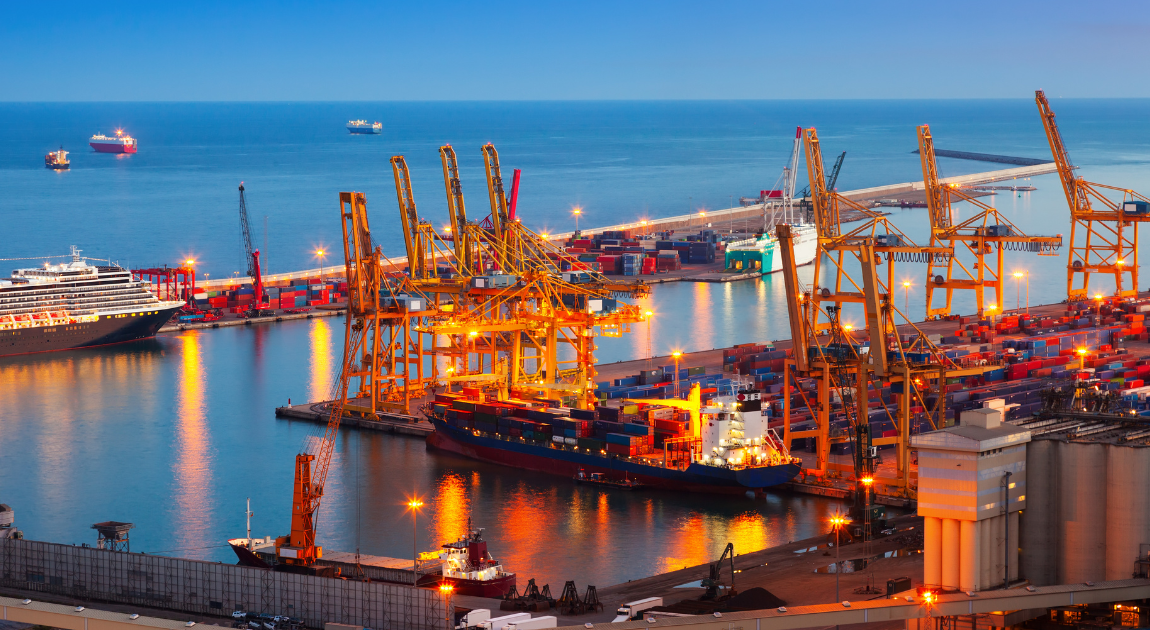
Ocean freight management software is a growing niche in the market – and it has its own specifics. No two seas are completely alike, and neither are any two business models that involve maritime trade, so it’s a good idea to select the software that will accommodate yours, whether you are a freight forwarder, a carrier, or a 3PL. Let’s look at what makes sea freight solutions different from other types, and what options businesses of different types and sizes have.

On 14th and 15th May, Lionwood.software had the pleasure to take part in one of the most highly regarded tech events in the Nordic region – Stockholm Tech Show 2025 in Kistamässan. This meeting of over 4500 participants, 250 exhibitors, and more than 150 speakers was a spectacular marketplace of ideas and insights for multiple industries – this year, with a specific focus on cybersecurity and the growing role of AI.

Smart contracts are gaining traction in domains where stakes are high and demand for transparency is even higher, like supply chain management, real estate, and finances. Here’s a brief overview of what businesses need to know about smart contracts, how they work, and where they are best used.

Implementing adequate cybersecurity for a relatively self-contained organization is one thing; achieving this feat for a company that operates at some point down a massive supply chain is quite another. In this article, we’ll look at the current state of supply chain cybersecurity, typical attacks, vulnerabilities, and how to protect your business.

Companies operating in the EU are getting ready for the new Digital Product Passport (DPP) requirements. The sentiment is mixed: while some meet the innovation with anxiety, some view it as an opportunity for a competitive edge in the market reshuffle that is to come. Here, we look at the main factors to consider regarding the implementation of DPP, and what tech infrastructure updates are due.

Big Data as a term has been invading multiple industry discussions, until it reached a certified “buzzword” status – education being no exception. But what’s behind the word? Now that the actual technology has been in use for several years, we’re on the ever-increasing parabolic slope of the adoption curve, and it’s time to see what Big Data in education really looks like today, and what problems it helps solve.

Whether you're onboarding employees, enabling your sales team, or certifying external partners, delivering the right learning experience is crucial. But running your learning initiatives separately from your customer and business data often leads to missed insights, inefficiencies, and lost opportunities. That’s where integrating your Learning Management System (LMS) with Salesforce comes in.
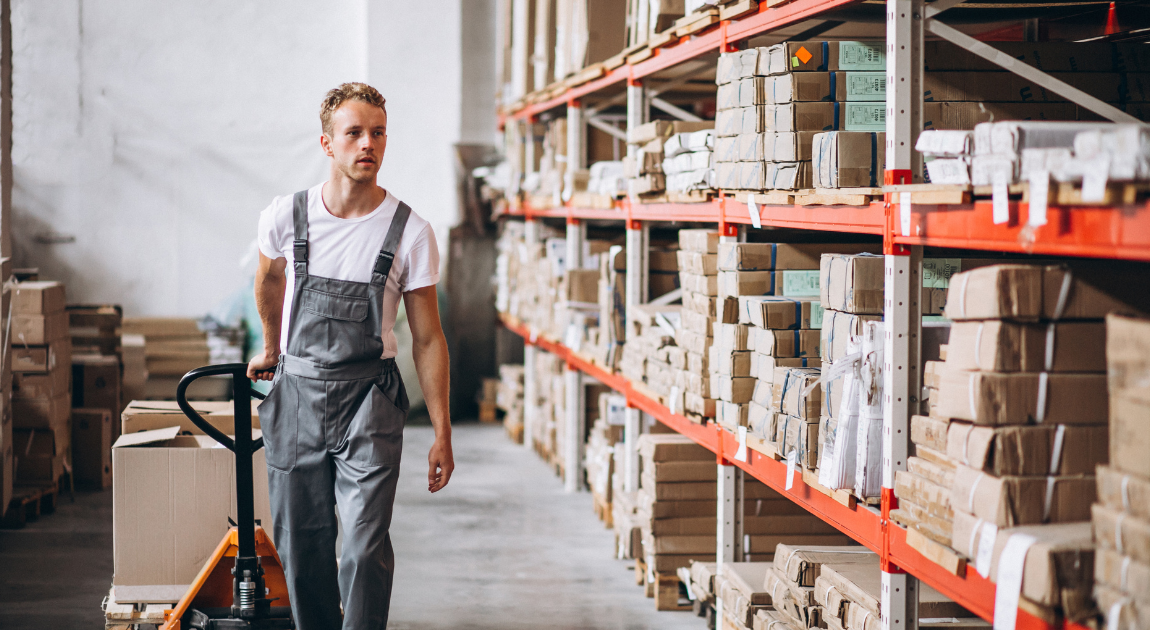
Warehouse management systems, or WMS, are there for a reason. While managing a small family business is easy enough, at a certain stage, the amount of effort that needs to be put into tracking inventory, storage, picking, and shipment, rises exponentially. The good news is that WMSs are no longer just for large enterprises, and there are options for businesses that keep it small for now and intend to grow. Here, we explore how not to get lost while choosing the right WMS for your growing business.

Air freight forwarding is one of the trickier parts of logistics, with fluctuating rates, typical cross-border concerns, and a need to resolve potential problems (especially delays) proactively. This is where air freight forwarding software enters the picture and helps solve pinpointed problems to improve both efficiency, visibility, and compliance. In this article, we look at the main features of such solutions, discuss some of the most popular ones, their differences and similarities, and analyze where to look when choosing the right toolkit.

On 17-21 of March, 2025, representatives of Lionwood.software team were visiting TRANSFORM Berlin 2025 as part of the Ukrainian IT delegation to exchange insights and foster collaborations that would help advance digital excellence in both countries.

How to choose an enterprise LMS? Here, we draw on our experience in custom eLearning development to analyze the up- and downsides of the top enterprise learning management systems to help make the choice easier.

Public transportation systems are one of the signs of civilization as we know it – but they are also very diverse, and yet prone to some common problems. Public transportation management software can help solve some problems, and mitigate the effects of others. In this article, we provide a brief guide into this type of systems, as well as some practical advice based on our own experience.

Blockchain is now about much more than just cryptocurrencies. As the volumes of data handled by various industries grow, and the possibility of tampering increases alongside the need for security, the decentralized, transparent, and secure nature of blockchain is becoming a welcome addition to the digital toolkit. In this article, we look into the current state of blockchain technology, its most promising applications across different sectors, and the growth prospects that lie ahead.

We are excited and humbled to have been included on the Clutch list of the top fastest-growing 100 companies of 2025. The recognition of our team’s effort in supplying the perfect, highly tailored, to-the-point solutions for logistics, transportation, agritech, edtech, and healthcare alike is what gives us further inspiration.

Navigation apps are now not just a part of everyday life, helping people get from point A to point B, but also a growing market that generated $16.2 billion in revenue in 2022, and is now spurred by the introduction of additional features and ads. Among the fundamentals that the entire technology is based upon are two notions: waypoints and geocoding. In this article, we provide a brief overview of how they work together.

Is it enough to just have an LMS in place? Sometimes, but not always. In many cases, especially if you aim to deliver content that’s a bit more sophisticated than usual, or update it often, a CMS is a good thing to have in place. But then again, learning materials are different from, say, marketing assets, and that’s where LCMS comes into play: a learning content management system.
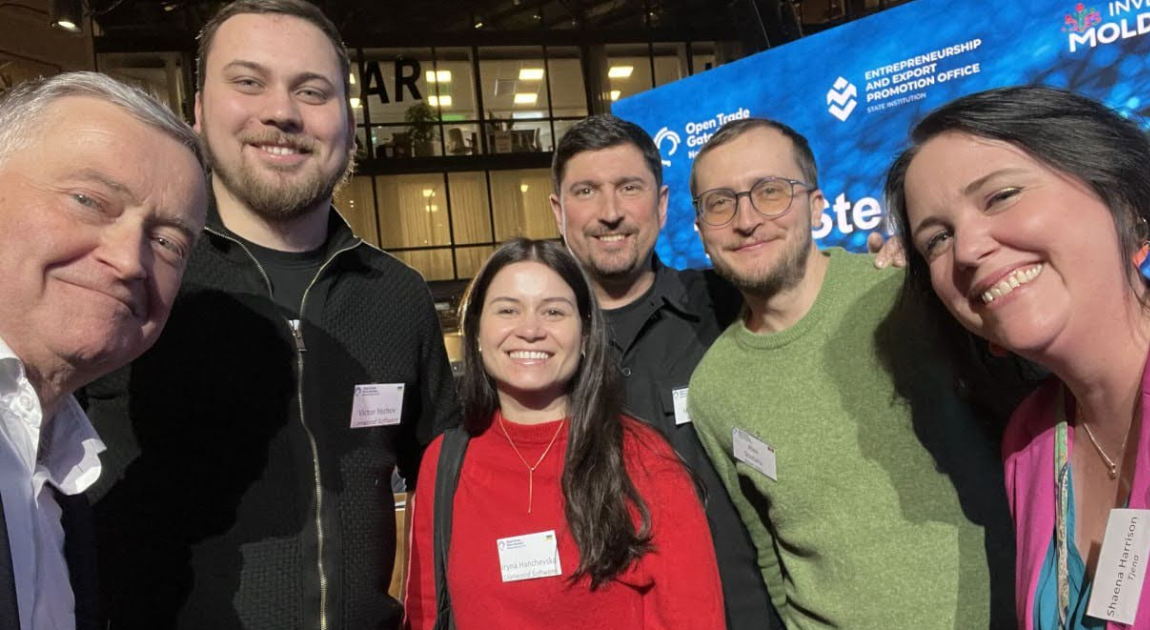
In February 2025, Lionwood.software took part in TechArena 2025 in Sweden; our Head of Business Development, Iryna Hanchevska, and head of Customer Engagement, Viktor Yezhov, personally traveled to Strawberry Arena in Stockholm to foster collaborations with our Swedish partners and deepen the already existing connections. Here’s what they have to say about the business landscape in the country.

Ever since electronic health records (EHRs) became less of an experimental novelty and more of a routine, there has been a lot of debate around them. In this article, we explore the advantages and disadvantages of EHRs, first from the general point of view, and then from the perspective of the different stakeholders whose routines depend on the processes directly influenced by EHRs.

Ever since the Electronic Logging Devices became mandated by regulatory bodies like FMCSA, companies have tried to overcome the initial irritation of having to comply with finding strategies that would use them for the business. In this article, we explore what ELDs are, how they work, what options companies have, and how to maximize the benefits.

While mental healthcare used to be an art form in the times of Freud, AI is extremely valuable in that its impartiality allows it to elevate the data-backed, scientific side of the profession. We discuss where AI is used for mental health, what its strong sides are, what the challenges are, and draw on our own experience.

There are some features and best practices that are universal across the entire eLearning landscape. In this article, we discuss what it takes to build an eLearning platform based on our experience and understanding of the differences between the various types of such solutions.

Explore a step-by-step logistics software development process to optimize your supply operations and streamline your business.

Educational technology has gone a long way over the past decade, and its development is accelerating sthttps://lionwood.software/wp-admin/post.php?post=3508&action=edit#eadily. This evolution is driven by both the possibilities of new tech and the change in teaching methods and approaches, and these two directions constantly fuel each other. This opens up countless new niches and opportunities for the EdTech industry, so let’s look at the top 7 educational technology trends as of 2025 that we think will impact the very way we learn.

School administration software is now a promising (and in many places, well-known) remedy to the common issues faced by educators. In this article, we’ll look at the benefits and indispensable features of school management systems, and discuss whether it’s worth the effort to invest in a custom platform.

Retail as an industry is sitting on a data treasue trove that only Machine Learning has recently helped truly appropriate, and the use cases of ML in retail are piling up even now. In this article, we explore the most promising applications of AI-driven technology in this realm, from inventory management to CX.
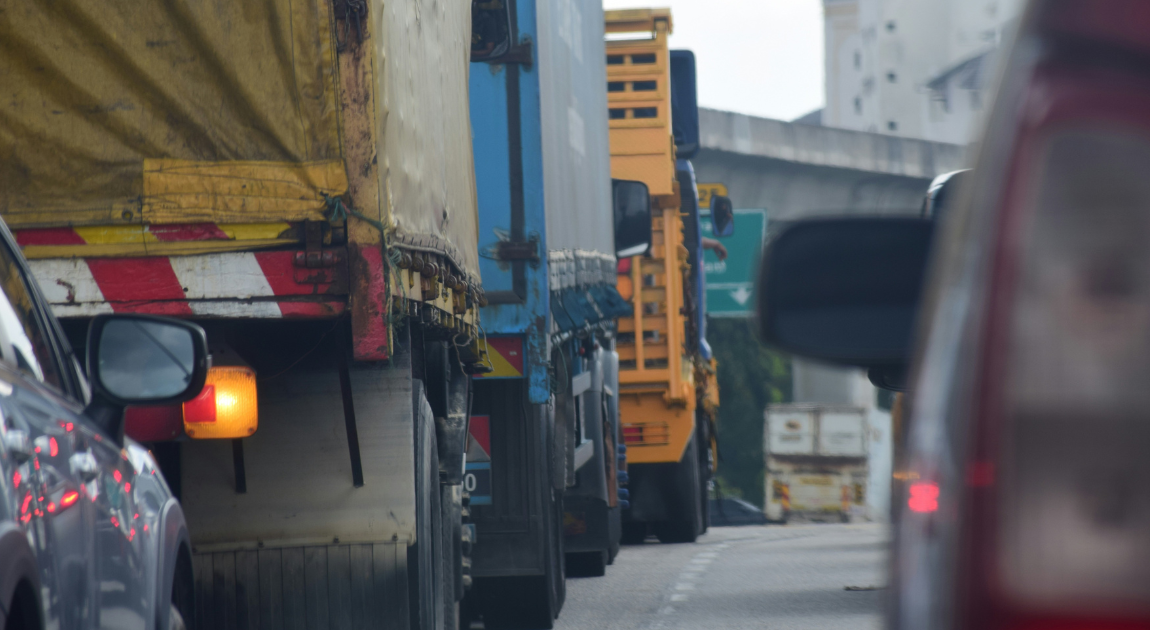
Designed to streamline fuel tax reporting across multiple jurisdictions, IFTA is a game-changer for trucking businesses, but it also comes with complexities that can influence operations and technology choices. This article delves into what IFTA is, its implications for logistics businesses, and how custom software development can provide solutions.
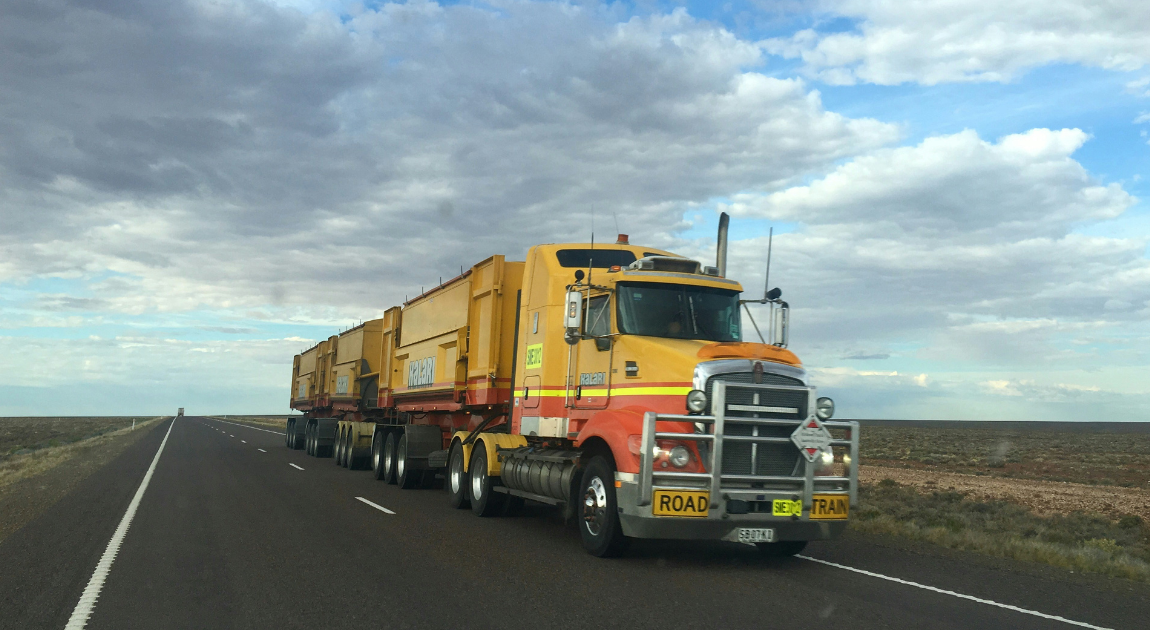
Fleet management software (FMS for short) is what modern digital tech can offer to reduce the time and money-consuming nature of logistics. In this article, we look into the main factors that make fleet management software worth their cost, and how businesses are transforming their operations with tailored solutions.

The upsides of eLearning are solid enough to grant it a place in our lives, even as a major format, but the trick is to combine digital education with physical, in-person events to ensure that what happens on the screen is reinforced with what happens offline. Lionwood.software has a case to share – the KIT hybrid olympiad for school students as an offshoot of the NIT remote learning platform.

Lionwood.software has been included in the 2024 Clutch 1000 list as a global B2B service provider, out of more than 350,000 highest-rated businesses in the field.

The work of educational institutions is much more than just teaching: there’s a vast layer of organizational work to enable it all. Using Salesforce for education is now a widely recognized option.

Event management is a bundle of very different, though interconnected processes, from venue to catering to lighting to guest management to lodging to engagement, and beyond. In this article, we’ll look at what aspects are best automated to drive value to event planners and venue managers (as well as other stakeholders), and what it looks like in practice.

Cross-functional teams are a sort of an evergreen buzzword in business circles – the notion pops up here and there, and every 4-5 years there’s a fad when management seniors experiment with building them. Their benefits are manifold – from better communication and efficiency to faster response to challenges and improved team culture. However, you can’t simply go and construct such a team – there are nuances to look at. Here, we use Lionwood’s own experience working in cross-functional teams to dissect the topic and share some best practices.

As of today, Lionwood.software is an established software development company, with a clearly defined general direction towards EdTech, logistics, and transportation. The company’s way towards the current position is a story in itself, though, and one that helps understand what Lionwood is now, too. Website Planet has interviewed Lionwood’s Co-Founder Volodymyr Kaminovskyy to see what makes Lionwood unique.
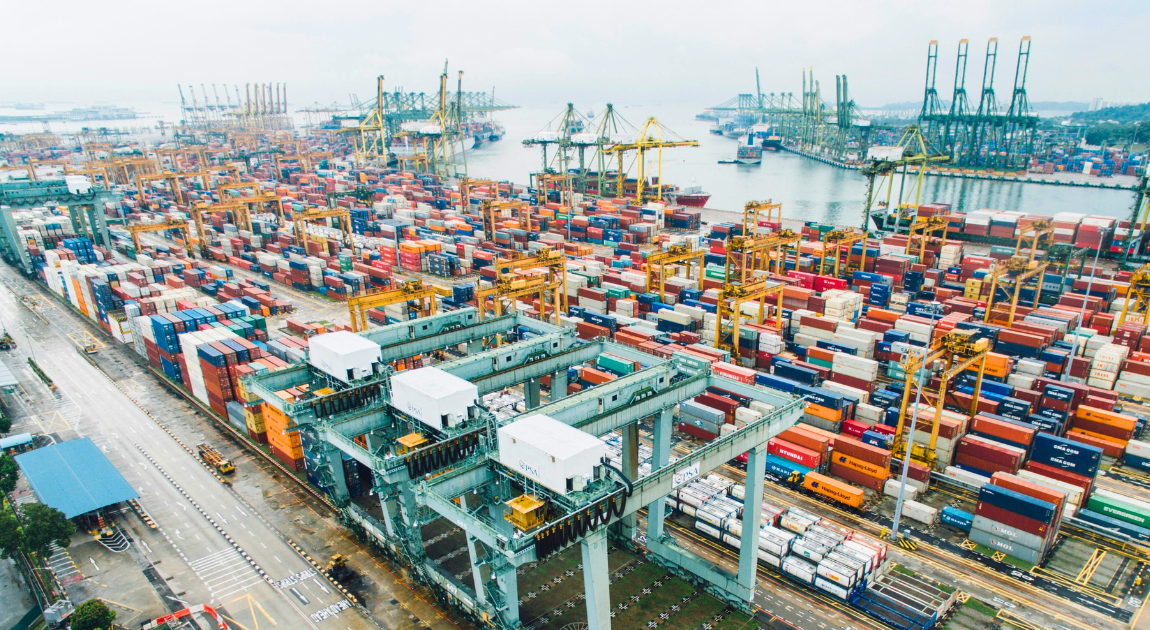
We’re often lulled into thinking supply chains are somehow unbreakable, with only occasional moments of anxiety caused by disruptions. Truth is, supply chain management is a vast field of activity, and huge potential for both error and improvement. It’s only natural that industry leaders are experimenting with diverse tech to optimize the various flows and processes, while securing the supply chain and making it more resilient. Here, we explore the ways in which AI in supply chain management allows businesses to address the most problematic aspects of their work and how it’s done.

With the huge role that Salesforce products now play in the business world, it’s only natural that companies aim to build holistic ecosystems where Salesforce is the cornerstone, with everything else integrated around it. Here, we briefly explore the main considerations and benefits of using Salesforce in integration with TMS.

Our current world has long been tailored to the vision of a connected space. At different levels of logistics, the same challenges keep popping up: inefficient route calculation, lack of communication, and so on. Now, let’s dive into what the current tech can offer to the logistics industry – and how to streamline operations with routing and dispatch software.

992% of organizations are reporting a positive impact from data and analytics investments. Here, we explore the current uses of big data in transportation and logistics.

Internet security may seem like an elusive concept. Many attackers use a variety of methods to get what they want from users, whether it’s data, money, or access to confidential information. Weblium, a Ukrainian website builder, will share tips on how to protect your website from hackers.

Today, about 98% of large enterprises use some form of learning management system to streamline professional skill development. In this article, we’ll look at what enterprise LMS stands for these days, and discuss how to choose one for your organization.
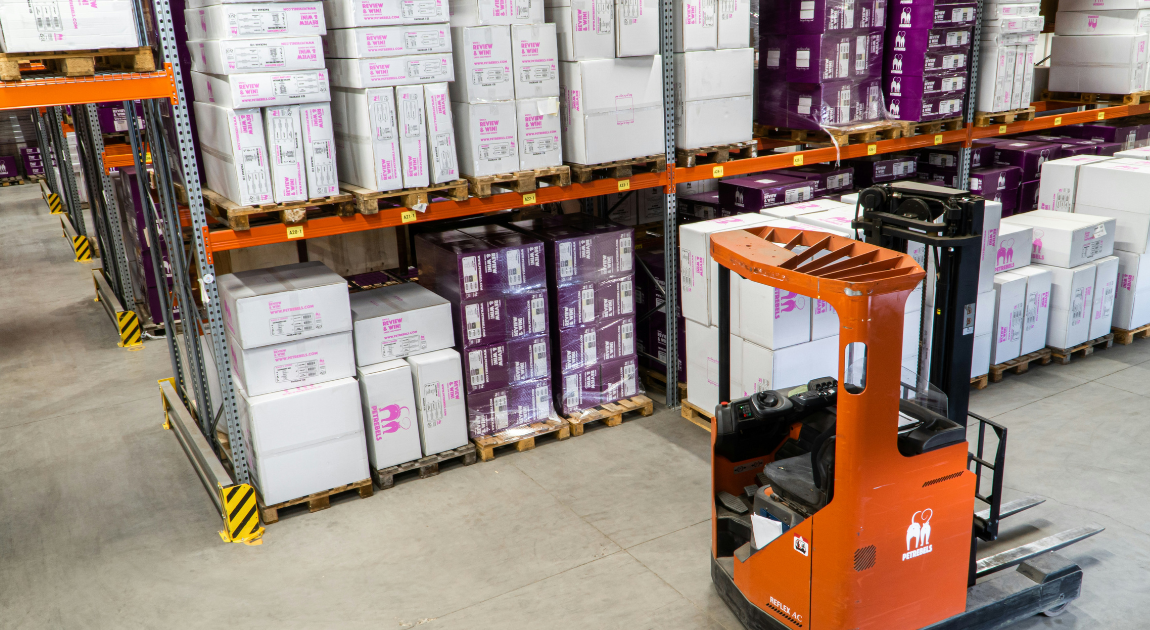
If there’s one aspect of logistics that has the most potential to impact the entire supply chain, it’s inventory management. In this article, we look at the most promising practical applications of AI and how they are already helping the trailblazer companies.

The remote learning platform NIT (Ukr.: НІТ, from Навчання і Технології, “Education and Technologies”) developed by the Lviv-based company Lionwood.software, has won the Consumer’s Choice 2023 award in Ukraine. The platform’s R&D team members are expressing their gratitude for the recognition, as well as their belief that the solution will be instrumental in modernizing Ukraine’s school education.

Whether you're orchestrating large-scale corporate conferences or hosting smaller webinars, advanced technology has revolutionized how effortlessly we can bring them to life. Software can transform the planning and enjoyment of any event, but is there a formula of ideal event management solutions for business of different sizes?

There are multiple applications of AI in healthcare that can do truly epic things: improve patient outcomes, streamline administrative processes, or assist in R&D. This blog post dives deep into the immense potential of AI in healthcare, exploring its current use cases, benefits, and the challenges that come with its implementation.

The fact that the terms “Machine Learning” and “eLearning” are etymologically related is not just a coincidence. Just as the machines started learning from humans, one of the most obvious applications of ML (and, conversely, AI in general) has been making the machines teach humans in turn

Lionwood.software has been recognized as a game-changer Ethereum company by Clutch!

In this post, we will look at some key differences between FHIR and HL7, exploring their histories, features, and future prospects. We will also provide guidance on when to choose FHIR over the traditional HL7 V2 standard.

Officially, Environment Day is on June 5th, but if we’re being realistic, every single day is Environment Day, isn’t it? As fun as the various flash mobs in June can be, preserving the ecosystems of an entire planet is not something you can do in one session. While governments and large corporations are making large gestures to try and improve the ecological situation on Earth, regular businesses and individuals are arguably no less important.

We’re researching the most prominent features of health insurance software based on our own cases and projects to create a sort of a concise guide for business stakeholders.

Lionwood.software- global software development company, today announced it has been recognized a 2024 Spring Clutch Champion by Clutch, the leading global marketplace of B2B service providers.

Lionwood.software- global software development company, today announced its recognition as a 2024 Spring Global Award winner for custom software development services on Clutch, the leading global marketplace of B2B service providers.

What are the leading trends in clinical laboratory management software? While there are countless systems (and startups developing such systems), is there a way to create an actual holistic infrastructure to take care of all the aspects of the process?

Real estate is an industry that’s been plagued by financial complexities, and looks like one that’s most likely to benefit from tech. But do you actually need custom real estate accounting software? In this article, we'll explore the essential features to look for in real estate accounting software solutions and discuss when custom development may be necessary to meet your specific business needs.

Whether you are aiming at creating a niche eLearning platform, or a large online learning hub, or digitizing a formal educational institution, there already are quite a lot of settled rules, expectations, and best practices you can use to make sure the product takes off. eLearning (and online learning in general) are no longer a novelty, so by now, we can frame a general blueprint and plan of action even for unique cases. Let’s look at some of the major factors that define how to start an online school – and make it popular, too.

In logistics, there’s a notable disparity between the potential benefits of advanced technologies and their actual adoption rates. In this article, we draw on our own expertise in establishing AI-powered logistics systems, as well as other famous case studies to create a concise guideline for eliminating the possible risks and help your company step on the right path when adopting AI systems.

The curious thing about AI in transportation and logistics is that in some cases, it’s being adopted faster by the industry collectively than by separate companies individually. That is because logistics depends on roads and urban planning, with systems implemented across an area impacting the delivery of goods for any particular company operating there. At the same time, businesses are not slacking off, either, employing AI and ML to solve their own operational hurdles.

Discover the latest insights on leadership challenges in our blog post inspired by the November edition of "BUZZ BRIEF." Over 50 business leaders share their experiences, unveiling the top 10 pain points that resonate across industries. From uncertainty and talent management to innovation and adaptability, explore how leaders, including our CEO Volodymyr Kaminovskyy, are forging paths to sustained growth and a brighter future
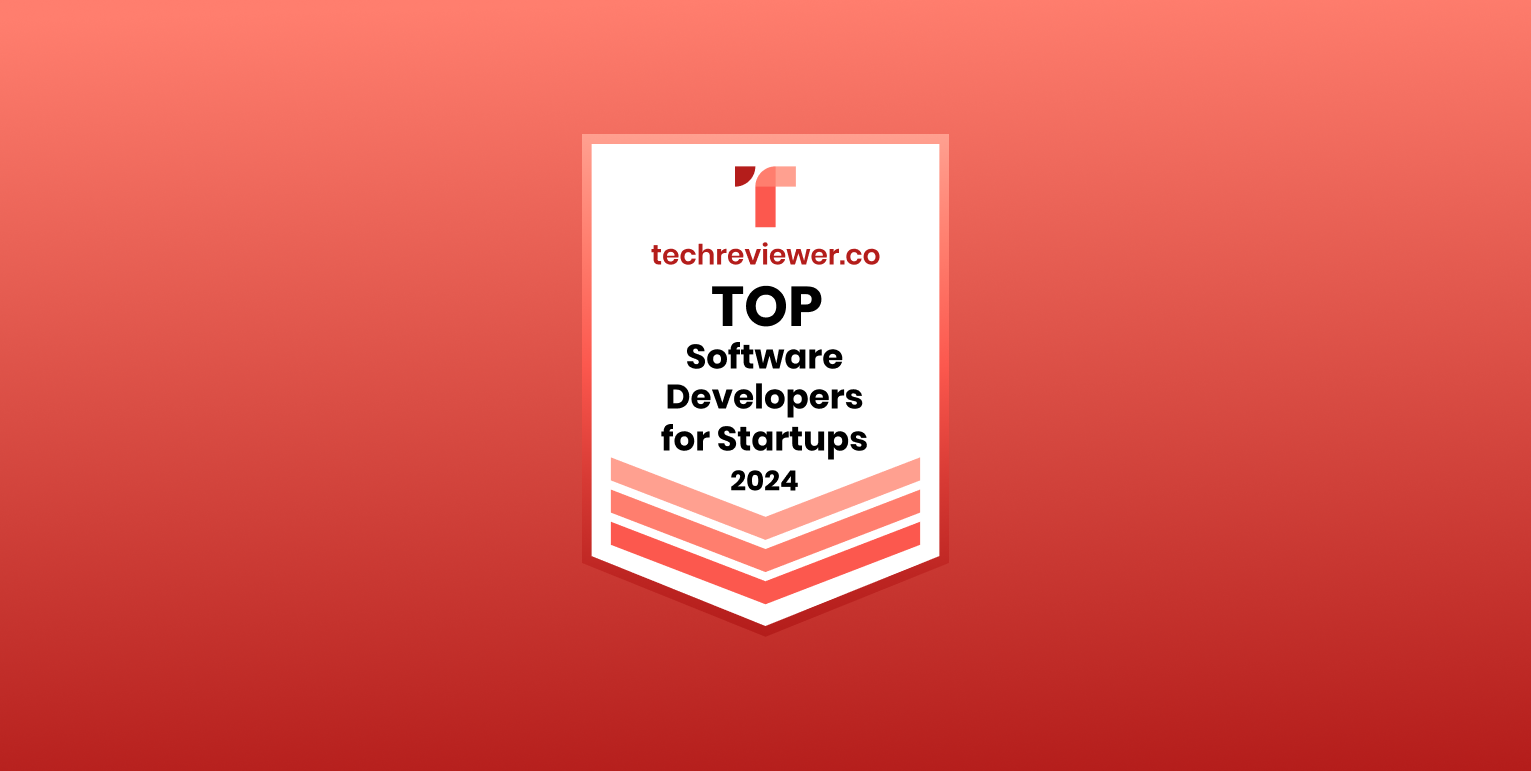
ionwood.software, a leading software development company specializing in helping startups bring their innovative ideas to life, has been named to Techreviewer's prestigious list of top software development companies for startups in 2024.

Lionwood.software today announced its recognition as a 2023 Global Award winner for Clutch Champion services on Clutch, the leading global marketplace of B2B service providers. Honorees are selected based on their industry expertise and ability to deliver, scores that are calculated based on the client feedback from thousands of reviews published on Clutch. For the sixth consecutive year, Clutch has honored its top B2B companies with the Global Award designation.

Discover the profound impact of software development on education in our blog, "Coding for the Future." From the use of interactive educational software like Kahoot! to the integration of coding in curriculums, education is evolving. Successful initiatives, such as the Nashville Software School, demonstrate the real-world value of software development education, preparing students for in-demand tech careers. Explore the potential of AI and ML to personalize learning, ensuring students are well-equipped for an ever-changing job market.

The global digital logistics market is expected to grow at a CAGR of 7.89% over the forecast period of 2021-2026. And this boost is not groundless. With e-commerce at the peak of its popularity, every logistics business is in need of robust and reliable management systems.

In the dynamic world of B2B cooperation, having the right partners by your side can make all the difference. DesignRush emerges as the ultimate compass, directing businesses towards the most proficient professional agencies, each specializing in its unique domain.

The first NFT, Quantum, emerged in 2014 and was sold for a mere $4. Fast forward seven years, and The Merge NFT shattered all records by selling for an impressive $91.8 million, becoming the most expensive NFT to date. Since then, NFTs have gained wild popularity, attracting attention from art experts, tech experts, and organizations trying to invest in this lucrative opportunity. One of the most prominent directions for NFT investment is metaverse. With many businesses still trying to grasp this concept, the following article will shed light on NFTs in the metaverse. We’ll define this fascinating topic, explore the most common applications, share our insights, and show you how to use it for your business success.

Lionwood.software, a premier global provider of software solutions, today announced its inclusion in the top iOS app development companies of 2023 by the analytics platform, Techreviewer.co. This acknowledgement comes as a testament to Lionwood.software commitment to innovation, quality, and customer-centric approach in their software solutions. The prestigious recognition also underscores the company's specialization and expertise in iOS development.

IT outsourcing has emerged as a powerful strategy for businesses to increase their capabilities, drive innovation, and achieve cost efficiency. By partnering with a trusted tech services provider, companies can tap into external expertise and access cutting-edge technologies, no matter what their requirements are. Lionwood.software has successfully collaborated with clients from diverse industries since 2017, allowing them to achieve their project goals and thrive in highly competitive markets. In this article, we want to reveal three successful outsourcing examples that illustrate the triumphs of our work in different sectors.

Are you planning to hire an outsourcing team for your software development project? To mitigate any possible risks and make the most out of your cooperation, you must have a robust written agreement that will outline mutually beneficial rules. In this detailed guide, we will explore the reasons you need an outsourcing software development contract, the different types of outsourcing contracts, and the key aspects to consider when creating such a document.

NFTs are a relatively new concept, but they are rapidly gaining popularity with businesses exploring fantastic crypto opportunities. NFT marketplaces are among these opportunities, with the NFT market expected to reach $80 billion in worth by 2025. It might take a lot of time, money, and effort to develop your own NFT marketplace platform. But with the proper guidance, you significantly increase your chances of success as you learn how to build the most cost-efficient solution. So here we are.

Lionwood.software is a global software development company working in web and mobile app development. We cover transportation&logistics, blockchain, banking, insurance, edtech, real estate, and medical domains. We strive to help new businesses launch their product and mid-size businesses grow and strengthen their expertise.

When it’s time to expand your team, the most important question is this: Which model should you choose to get the most out of it without losing money? There are many options available to help you extend your team’s capabilities. However, two models that have become increasingly popular over the years are outsourcing and outstaffing. Although they sound similar, there are significant differences between the two approaches, and it is crucial to understand them so you can make an informed decision.

E-learning has revolutionized the traditional education system, giving users access to information anywhere, anytime. By 2025, the global e-learning market is projected to reach $650 billion, with more comprehensive solutions for a broader range of learners. However, maintaining learner engagement grows increasingly challenging as the virtual learning process becomes monotonous. This is where AI comes into play, offering fantastic gamification features to enhance learners’ motivation and achieve better outcomes. In this article, we’ll discuss the benefits of using gamification in e-learning and take a look at some exciting training gamification examples. This is the ultimate step-by-step guide to help you implement gamification into your program while avoiding the most common mistakes and pitfalls.
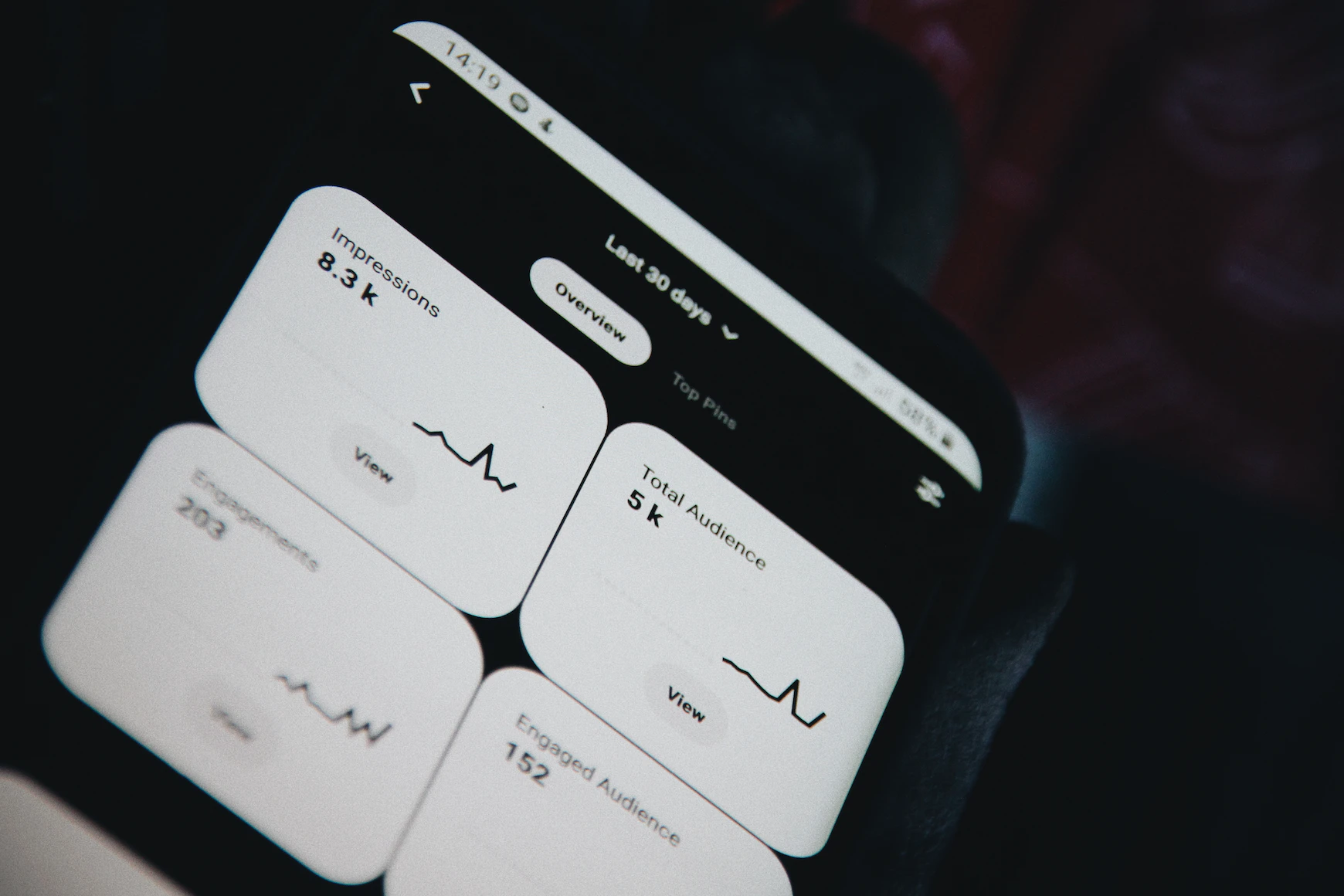
The world of dApps is exploding, with over 4,000 dApps existing, most of which are running on the Ethereum network. According to Emergen Research, the dApp market is expected to reach an incredible $368.25 billion by 2027. And that doesn’t come as a surprise–blockchain technology has become accessible over time, allowing users to easily leverage dApps without requiring extensive technical knowledge.

Happy Easter! Enjoy this special day.

With smart technology advancing at an unprecedented rate, all industries are seeking to explore new ways to integrate the latest tech solutions. As artificial intelligence entered a new era in 2023, allowing it to enhance every sector, the e-learning industry has been one of the first to adopt it.

In order to succeed in the rapidly evolving market and stay ahead of the technology advantage, businesses need to adjust and invest in insurance software development services. This becomes a real game-changer for companies, allowing them to offer better digital experiences to customers and obtain higher revenue.
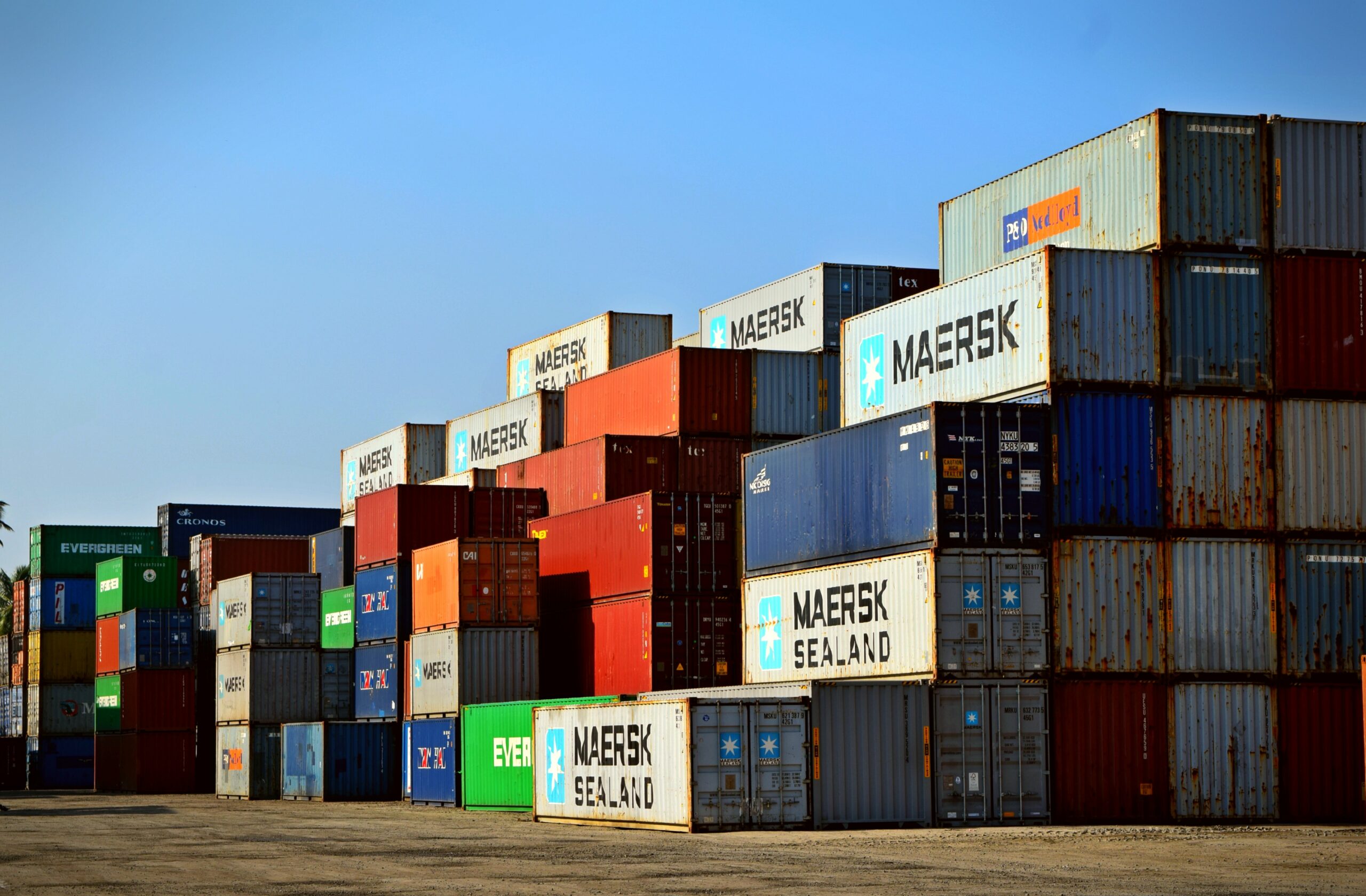
In today’s fast-paced business world, logistics plays a critical role in the success of any company. The global logistics market is valued at $4.92 trillion and is expected to reach $6.55 trillion by 2027.

Lionwood.software was recognized by Clutch as a Top 1000 Global Company in 2022!

Clutch Recognizes Lionwood.software Among Ukraine’s Top B2B Service Providers for 2022

The Manifest Names Lionwood.software as one of the Most Reviewed Blockchain Developers in Ukraine

A successful startup in IT is every entrepreneur's dream. You need the right team behind you to succeed. We are proud to have a stable of experts at your disposal.
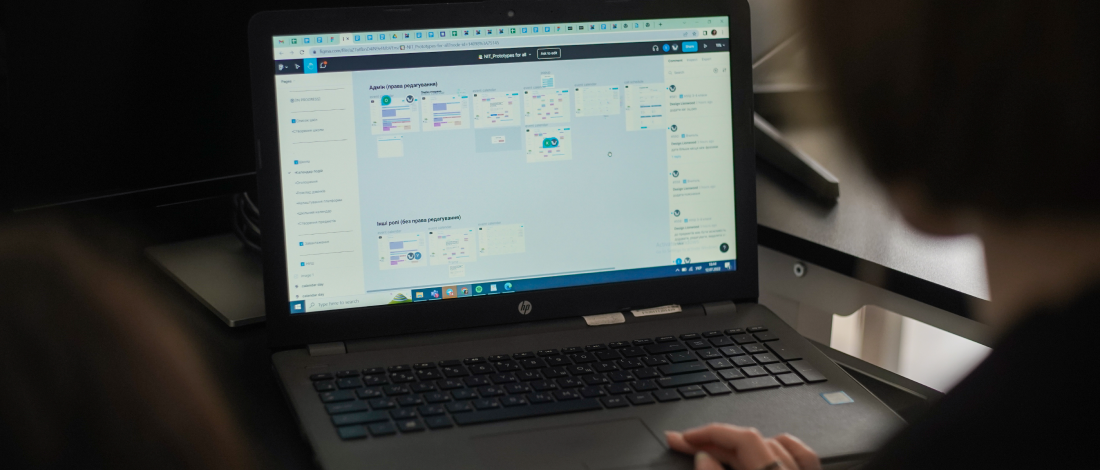
A dedicated software team can provide your company with a host of benefits. See why a team is a better choice than hiring a full-time software developer.

In this article, we take a closer look at blockchain technology, as we define blockchain technology, the use cases of blockchain, alongside statistics, and the advantages and disadvantages of blockchain.

DESIGNRUSH recognizes Lionwood.software as a Top Custom Software Development Company.

Lionwood.software receives a perfect 5-star ratings for recent custom software development services

Lionwood.software has been named one of the top software development companies by Techreviewer.co. The list of leaders was compiled based on expertise, experience, quality of services, and reliability of the development companies. To make an assessment Techreviewer collected information about our services and client’s reviews. Their research placed us in the list of top software development companies out of over 800 competitors.

Lionwood.software has been recognized by clutch in 2020 as one of ukraine’s top custom software developers

At Lionwood.Software, our team is committed to solving our client’s software development needs. We work with a vast amount of clients in different industries because every company needs consumer-friendly web development to turn leads into conversions.
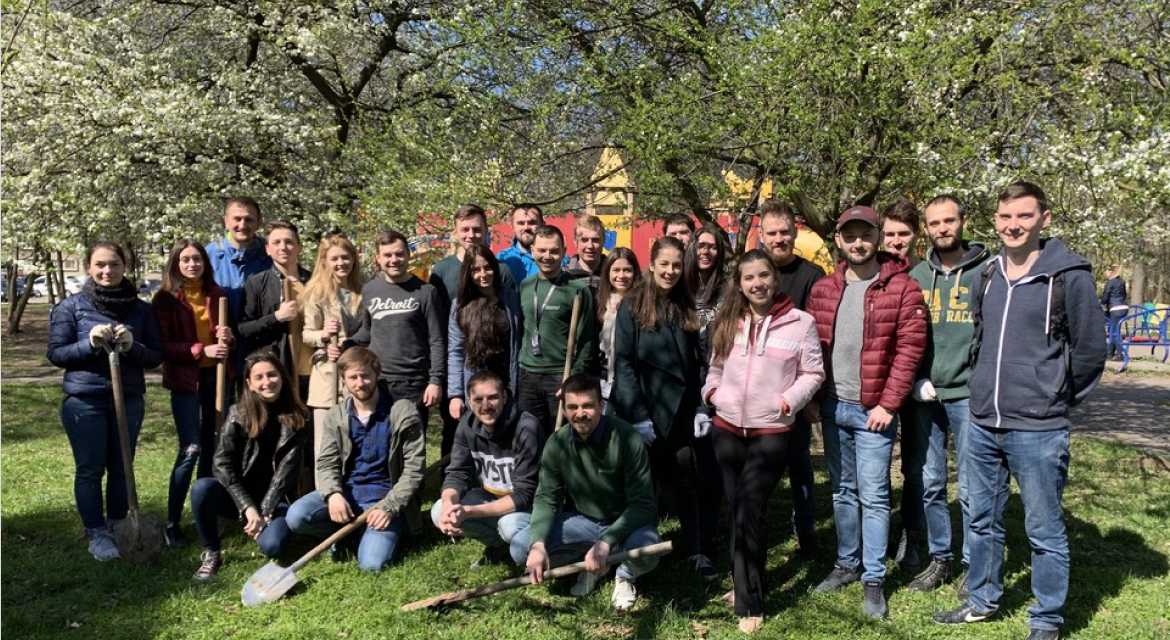
Lionwood.software decided to join the Ukrainian social project ECOchallenge ‘Plant Life’, since planting a tree is very simple. We planted 35 seedlings of trees today in Lviv 'Horihovyy Hai' Park. An action that takes a few minutes will have an effect for decades.
To find a perfect solution










